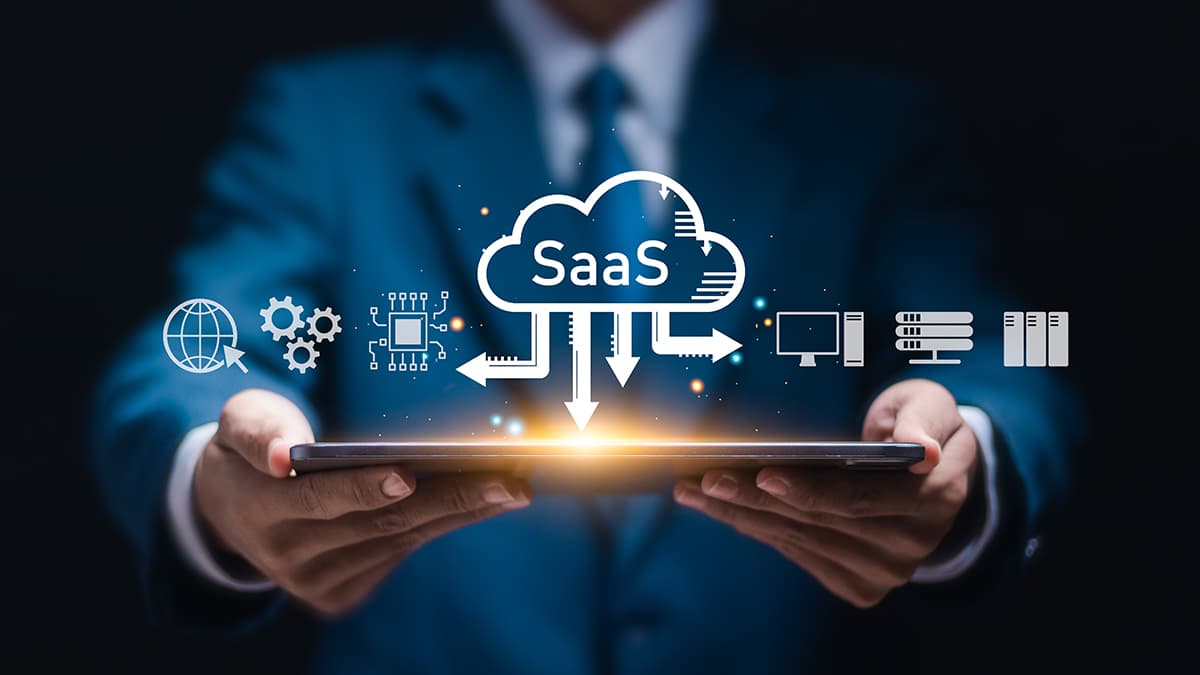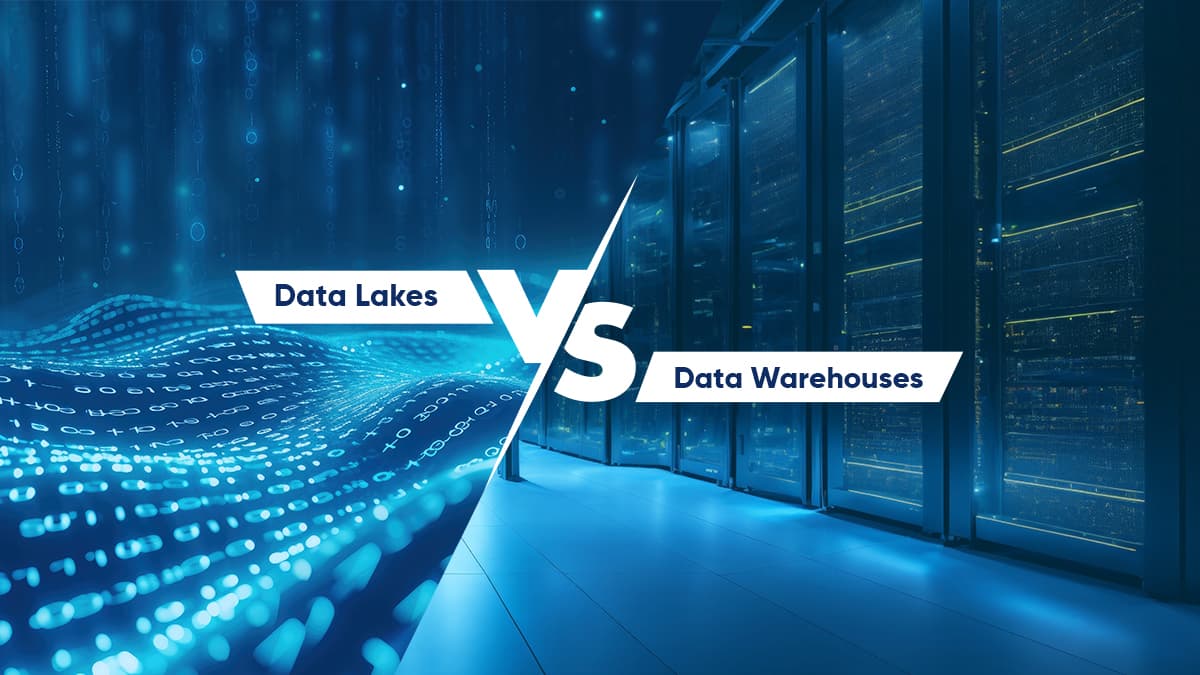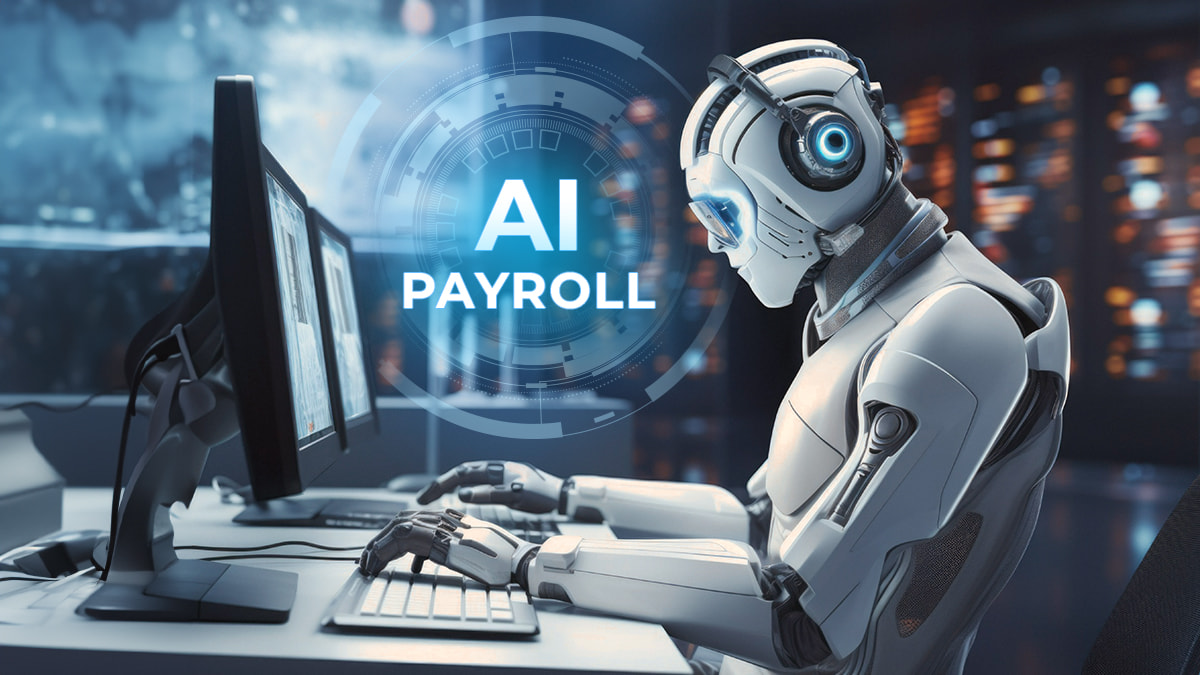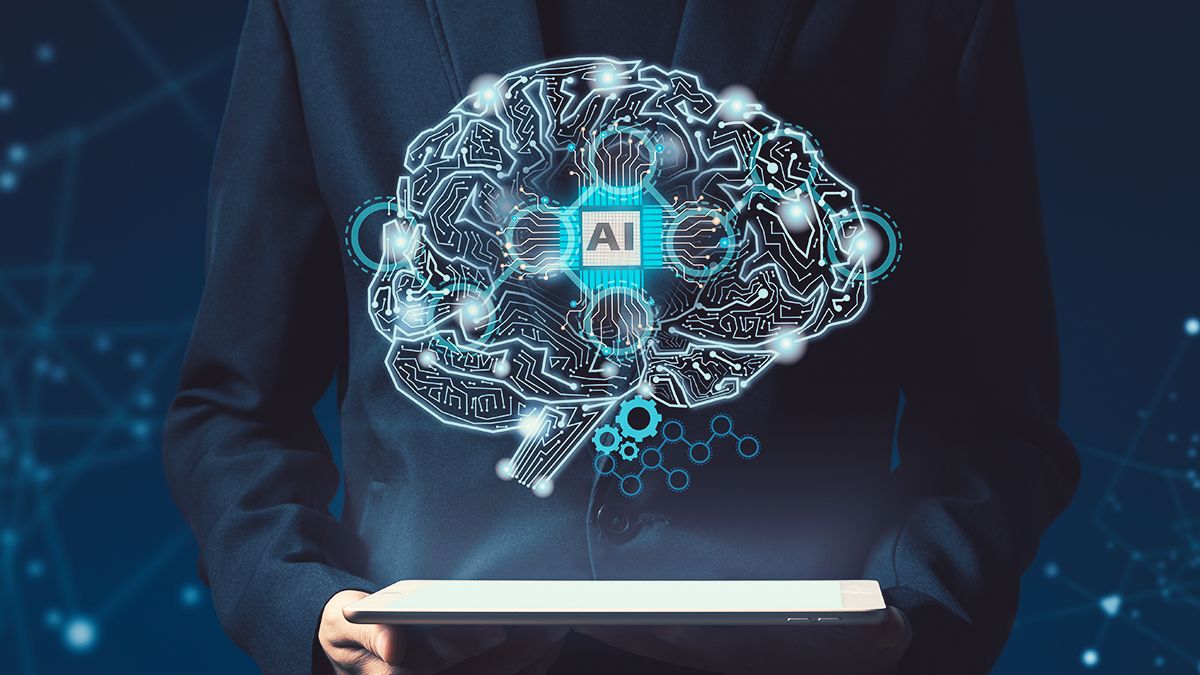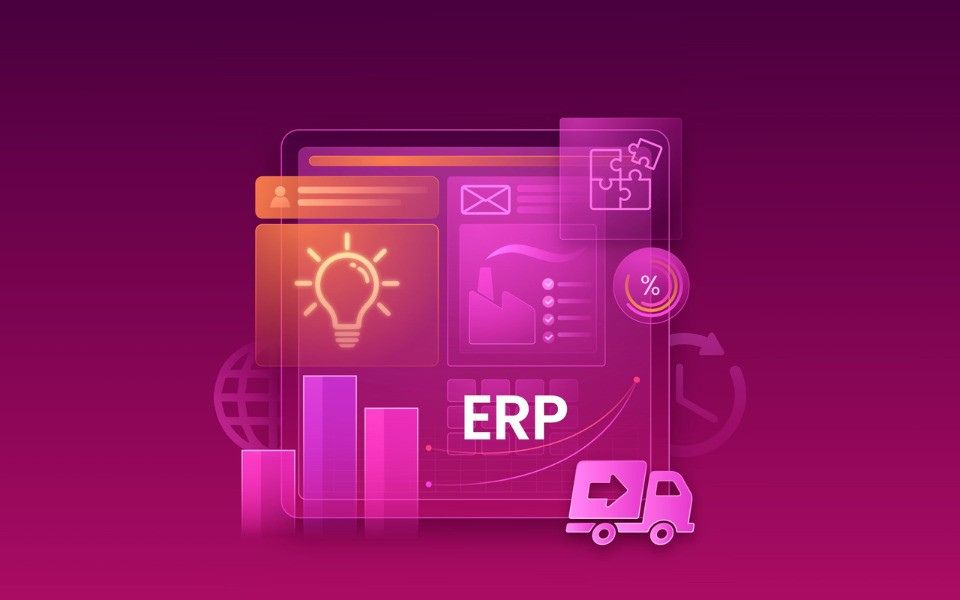
Ever stared at a blank screen, wishing your app idea could just happen without weeks of coding headaches? Welcome to vibe coding, the tech revolution that’s turning “what if” into “done” faster than you can say “deploy.” Whether you’re a startup founder, a project manager, or a developer, vibe coding is rewriting the rules of software development. Let’s dive into what it is, how it works, and why it’s a must-have for your business to stay ahead in 2025.
.jpg)
Vibe Coding Defined: Coding with Instinct and AI
Vibe coding is a revolutionary approach to software development where developers—or even non-coders—use artificial intelligence (AI) to generate code by describing what they want in plain English. Instead of sweating over syntax or debugging line-by-line, you focus on the big picture: the “vibe” of what the software should do. Think of it as telling an AI assistant, “Build me an app that tracks project deadlines with a clean dashboard,” and letting it handle the heavy lifting.
The term was coined by Andrej Karpathy, a former OpenAI co-founder and Tesla AI leader, in early 2025. He described vibe coding as “fully giving in to the vibes, embracing exponentials, and forgetting that the code even exists.” In other words, it’s about trusting AI tools like Cursor, GitHub Copilot, or Replit to translate your ideas into functional code while you guide the process with natural language prompts. This shift moves developers from manual coding to a role more like creative directors, focusing on intent rather than implementation.
Why It Matters for Businesses
For B2B companies, vibe coding is a game-changer. It slashes development time, lowers barriers to entry, and empowers teams to prototype ideas quickly. According to a 2025 Y Combinator report, 25% of startups in their Winter batch had codebases that were 95% AI-generated, showcasing how vibe coding is already driving innovation in agile environments. Whether you’re a SaaS provider, an enterprise IT firm, or a startup, this approach can help you ship products faster and stay competitive.
How Vibe Coding Works: From Vision to Victory
So, how does vibe coding actually work? It’s simpler than you might think, but it’s not just “AI magic.” Here’s a quick breakdown of the process:
- Describe Your Vision: You start by typing or speaking a clear, natural-language prompt. For example, “Create a web app for team task management with user authentication and real-time updates.” The more specific your prompt, the better the AI understands your intent.
- AI Generates Code: Tools like Cursor, Replit, or Claude take your prompt and produce working code, often in seconds. These platforms leverage large language models (LLMs) trained on vast code repositories to generate everything from front-end UI to back-end logic.
- Iterate and Refine: You test the output, provide feedback (e.g., “Make the button bigger” or “Fix this login bug”), and the AI refines the code. You don’t need to dive into the code itself—though experienced developers might review it for optimization.
- Deploy and Scale: Once the prototype meets your needs, you can deploy it or hand it off to developers for production-level polishing. Tools like Supabase or Vercel often integrate seamlessly for hosting and scaling.
The beauty of vibe coding is its accessibility. Non-technical project managers, marketers, or entrepreneurs can now build functional prototypes without hiring a full dev team. For businesses, this means faster proof-of-concepts, lower costs, and the ability to test ideas before committing big budgets.
.jpg)
The Benefits: Why Vibe Coding is a B2B Superpower
Vibe coding isn’t just a trendy term—it’s a practical tool with tangible benefits for B2B organizations. Here’s why it’s catching fire:
1. Speed Up Development
Traditional coding can take weeks or months, especially for complex apps. Vibe coding cuts that time dramatically. A 2025 Replit study found that organizations using AI-driven development saw up to 5.8x faster application delivery compared to traditional methods. For B2B firms, this means quicker time-to-market for new features or products.
2. Democratize Innovation
You don’t need a computer science degree to vibe code. Business analysts, product managers, or even C-suite execs can prototype ideas, making innovation a team sport. This is especially valuable for startups or small enterprises with limited developer resources.
3. Boost Prototyping and Iteration
Vibe coding is perfect for rapid prototyping. Need a customer-facing dashboard or an internal tool? Describe it, test it, and tweak it in hours, not days. This agility lets businesses iterate based on real user feedback, reducing the risk of building something nobody wants.
4. Empower Experienced Developers
For seasoned coders, vibe coding automates repetitive tasks like boilerplate code or bug fixes, freeing them to focus on high-value work like system architecture or strategic problem-solving. A 2025 IBM report noted that AI-assisted tools can boost developer productivity by up to 30%.
5. Cost Efficiency
Hiring a full dev team or outsourcing is expensive. Vibe coding reduces reliance on specialized talent for early-stage projects, saving costs. For example, a simple SaaS app prototype that might cost $50,000 to develop traditionally could be vibe-coded for a fraction of that, using affordable AI tools (e.g., Cursor’s $20/month Pro plan).
The Risks: Where Vibe Coding Needs Guardrails
Vibe coding isn’t without its challenges. While it’s a powerful tool, it’s not a silver bullet. Here are the key risks B2B leaders should watch for:
1. Security Vulnerabilities
AI-generated code can introduce bugs or vulnerabilities, especially if you “accept all” without review. A 2025 Semafor report highlighted a critical flaw in Lovable, a vibe coding tool, where 170 out of 1,645 apps exposed sensitive user data due to improper security configurations. Businesses must enforce code reviews and security scans before deployment.
2. Code Quality and Maintainability
Vibe-coded apps often prioritize speed over optimization. Without human oversight, the code can become bloated or hard to maintain, leading to technical debt. For enterprise-grade systems, developers should refine AI outputs to ensure scalability and performance.
3. Limited Context Awareness
AI doesn’t always grasp the full context of your business needs. For example, a 2025 Hacker News post described a vibe-coded SaaS app that crashed under hacker attacks because the AI didn’t account for robust security protocols. Clear prompts and human guidance are critical to avoid such pitfalls.
4. Over-Reliance on AI
Vibe coding can tempt teams to skip foundational coding skills. AI is exciting, but basics can’t be skipped. Businesses should balance vibe coding with traditional development to maintain expertise and avoid dependency.
How to Get Started with Vibe Coding
Ready to bring vibe coding into your B2B workflow? Here’s a practical roadmap:
Ready to bring vibe coding into your B2B workflow? Here’s a practical roadmap:
1.Choose the Right Tool: Popular vibe coding platforms include:
- Cursor: Great for developers, with real-time code suggestions and debugging.
- Replit: Ideal for beginners, with a collaborative environment for prototyping.
- Claude (Anthropic): Strong for natural language prompts, perfect for non-coders.
- GitHub Copilot: Integrates with IDEs for seamless developer workflows.
2.Craft Clear Prompts: Be specific—e.g., “Build a React app with a login page, Firebase authentication, and a task list.” Vague prompts lead to vague results.
3.Test and Review: Always test AI-generated code and involve developers for production-grade projects. Use tools like GitHub for version control to track changes.
4.Train Your Team: Upskill your team on prompt engineering and AI literacy. Platforms like Nucamp offer courses on vibe coding for beginners and pros.
5.Start Small: Begin with low-stakes projects like internal tools or prototypes before tackling customer-facing apps.The Future of Vibe Coding: What’s Next?
Vibe coding is more than a trend—it’s a glimpse into the future of software development. As per reports, by mid-2026, AI could write 90% of code in many projects, with humans focusing on strategy and oversight. As tools improve, vibe coding will likely integrate with low-code platforms, making it even easier to build complex systems. For B2B companies, this means staying ahead requires embracing AI now—while setting clear guardrails to manage risks.
However, the human touch remains critical. Vibe coding is great for amateurs or experts who can fix errors, but complex systems need human oversight. Businesses that blend AI speed with developer expertise will lead the pack.
.jpg)
Why Your Business Should Embrace Vibe Coding
Vibe coding is transforming how B2B companies innovate, prototype, and deliver software. It’s not about replacing developers but empowering teams to move faster, think bigger, and experiment boldly. By adopting vibe coding, you can:
- Launch MVPs in days, not months.
- Empower non-technical staff to contribute to development.
- Reduce costs for early-stage projects.
- Stay competitive in a market where speed is king.
Ready to vibe your way to better software? Start exploring tools, train your team to think like “AI prompters,” and watch your innovation pipeline soar. Just remember: trust the vibes, but verify the code.
Want to start a project?
Get your Free ConsultationOur Recent Blog Posts

© 2025 CSM Tech Americas All Rights Reserved































